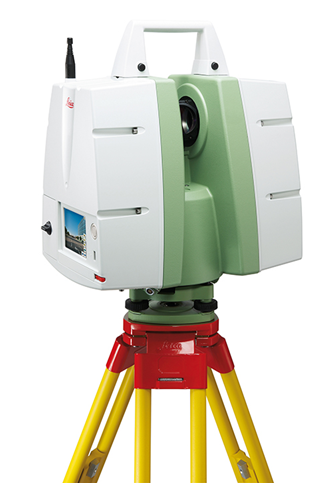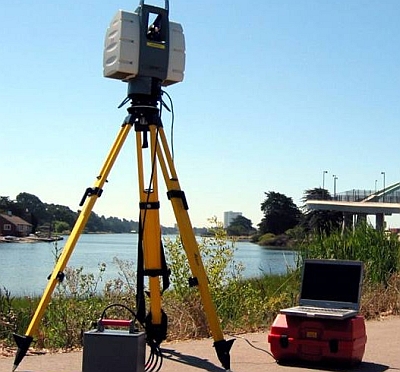Rapid As-Builts for the Retail Industry
In the real estate market, timing is everything.
Those who have better and faster information win. This is what inspired LandAir Surveying to develop Laser Measuring to BIM technology to quickly document existing as-built conditions.
Many retail projects begin with an existing space needing a build out for a new tenant. Field measurements must be taken to document the existing as-built conditions of the current space and owners use these as-builts to evaluate tenant requirements, determine rental rates, and create design plans.
Traditional methods of field measuring are slow, inaccurate, and inefficient. In contrast, LandAir Surveying’s Laser Measuring to BIM technology provides a better way to connect the dots from prospect to rent-paying tenant.
As we are closing in on the start of the International Council of Shopping Centers (ICSC) Annual RECon Conference, I thought it would be a good time to explain how Laser Measuring to BIM is revolutionizing as-built field measuring.
How it works
Laser Measuring to BIM works based on a blue-tooth enabled BIM workstation. LandAir’s survey team uses a laser rangefinder to transmit very precise field measurements into software that enables our technician to draw in Revit, Autodesk’s 3D software solution.
Once the entire space is drawn in Revit, field technicians perform quality control on the data and finalize the as-built model. The Revit model data will be verified again back in the office and the final deliverable, usually either AutoCAD drawings or the 3D Revit model, is generated.
Accuracy and speed: The best of both worlds
The Laser Measuring to BIM approach produces a more accurate depiction of existing conditions than traditional methods, because the field technicians see the final drawings as they are mapped in our CAD software. The ability to field-verify measurements while on site not only produces more accurate data, but saves time over the traditional field measurement to office drawing back to field to verify and catch what you missed technique.
This workflow typically allows drawings to be created in hours as compared to the days traditional methods took. Because this technology can generate as-built documentation so rapidly, it expedites the rest of the process to move a tenant into the vacant space.
Start construction faster
Producing as-built documents rapidly and accurately allows owners, brokers, and property managers to more efficiently submit sites for approval to the tenants’ corporate design team.
Since the plans are presented in a very user-friendly manner, decisions regarding the suitability of a space are easily determined. This reduces the due diligence time required by prospective tenants. And since the space-defining measurements come from an unbiased third party, rate calculation and space designation can be agreed upon faster.
All of this leads to the design team beginning on design documents and demolition plans more quickly. Additionally, the precision of laser measuring and field verification of the Laser Measuring to BIM workflow gives designers confidence that the as-built conditions are correct and the production format (AutoCAD or Revit) is something that they can use immediately.
Deliverables
Laser Measuring to BIM can produce both 2D drawings and 3D models with as much information, or as little detail, as needed. Some brokers may only need a simple PDF of the floor plan with doors, windows, and walls.
On the other hand, an architect doing a full tenant build out may require a reflective ceiling plan, kitchen MEP systems, and utility plan with outlets and switches. Regardless of the need for information or the level of detail required, Laser Measuring to BIM will produce as-builts faster and more accurately than any field measuring technique used in the past.
Are you planning to attend the ICSC RECon Conference this year? If so, e-mail us. We would love to connect!
###
Mitch Dorsett has over 15 years in the building and construction industry and serves as director of business development for LandAir Surveying. Mitch is rapidly becoming an expert in 3D data capture and virtual design and construction, having attended and represented LandAir’s laser scanning capabilities at SPAR, RTC and Autodesk University in 2012. Contact him at mdorsett@lasurveying.com or visit www.landairsurveying.com.



